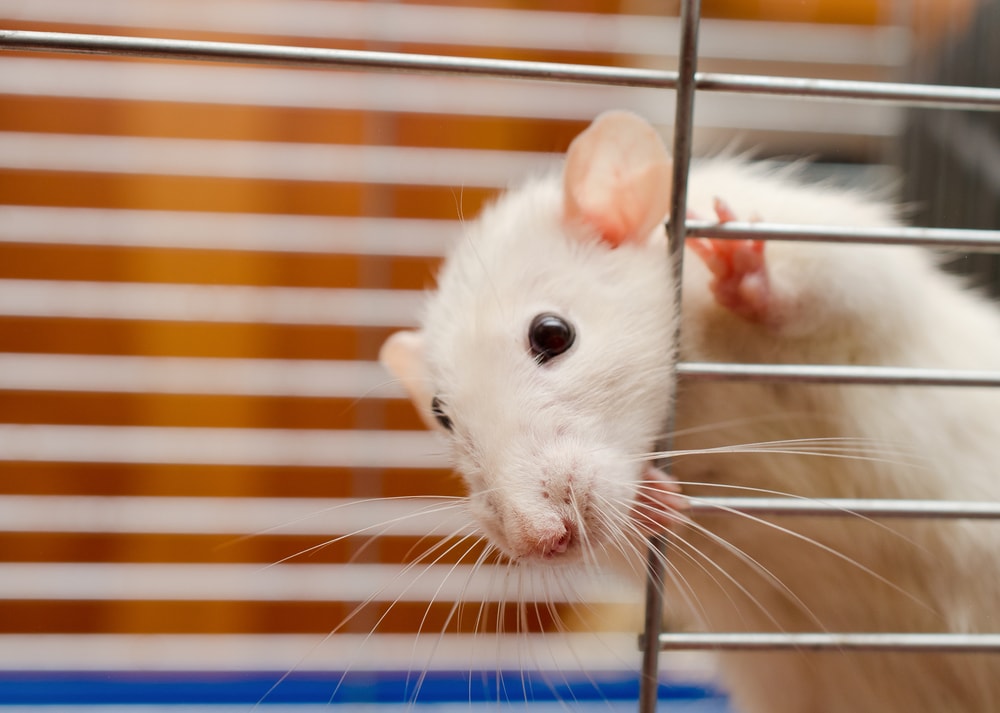Smart Trap Deployment in Warehouses: Ensuring Efficient Pest Control
Share
Warehouses are the backbone of the supply chain, facilitating the seamless movement of goods and materials across the globe. However, these storage giants are not immune to the persistent challenge of pest infestations. Fortunately, advancements in technology have paved the way for smart trap deployment in warehouses, a method that is revolutionizing how we manage pest control.

Understanding Smart Trap Deployment
The term smart trap deployment refers to the strategic placement and utilization of intelligent pest control devices designed to detect, capture, and often kill pests in real-time. These systems are equipped with sensors and connected via the Internet of Things (IoT), allowing for instant alerts and data collection about pest activity.
This technology is not only efficient but also reduces the use of harmful chemicals, ensuring a safer environment for both the people working in these spaces and the surrounding ecosystem. For those interested in understanding how advanced these systems can be, you might visit Pest Control Technology for additional insights.
The Need for Smart Solutions
Why should warehouses invest in smart trap deployment? The answer lies in the dire consequences of pest infestations. Pests can damage goods, contaminate products, and raise health concerns, leading to potential financial losses and reputational damage. Utilizing technology-powered traps ensures these issues are addressed swiftly and effectively.
To gauge the level of sophistication of these traps, one can refer to strategies laid out on sites like Deskera Blog which highlight the operational benefits across manufacturing sectors.
The Technology Behind Smart Traps
These traps are designed to operate autonomously, sending immediate alerts to facility managers when a pest is detected or captured. This rapid response capability helps prevent larger infestations from taking root. In addition, the data aggregated over time helps in identifying patterns and hotspots of pest activity.
Eco-friendly Practices
Smart trap deployment is not only about efficiency but also sustainability. Traditional pest control often involves chemicals that can be harmful to the environment. Smart traps significantly diminish the need for such chemicals, aligning with eco-friendly practices.
Additionally, resources like RatSense offer comprehensive guides on minimizing rodent infestations through technological adaptations.
Implementation and Outcomes
Deploying smart traps requires an upfront investment in technology and infrastructure, but it pays off with the reduction in pest-related issues and the cost savings from minimizing product loss. Moreover, warehouses adopting such measures often see an improvement in compliance with health and safety regulations.
Challenges and Solutions
Implementing smart trap deployment in warehouses comes with its set of challenges, such as initial costs and training personnel to manage and derive insights from the system. However, these can be addressed by partnering with pest control professionals who provide expert training and a thorough understanding of the system's workings.
For a deeper dive into overcoming such challenges, the Robust Rodent Defense offers meaningful perspectives on devising effective solutions within industrial settings.
Conclusion
As warehouses continue to evolve with technology, embracing smart trap deployment is a critical step towards achieving a pest-free environment. This innovation not only guarantees healthier and more efficient warehouses but also sets the standard for future-ready facilities.

FAQs
What are smart traps?
Smart traps are intelligent devices equipped with sensors to detect and capture pests, leveraging IoT for real-time data and alerts.
How do warehouses benefit from smart traps?
Warehouses benefit from reduced pest infestations, minimized product contamination, and improved compliance with health and safety standards.
Are smart traps eco-friendly?
Yes, smart traps reduce the reliance on chemical pest control methods, fostering a more sustainable approach to managing pest issues.
This article contains affiliate links. We may earn a commission at no extra cost to you.
